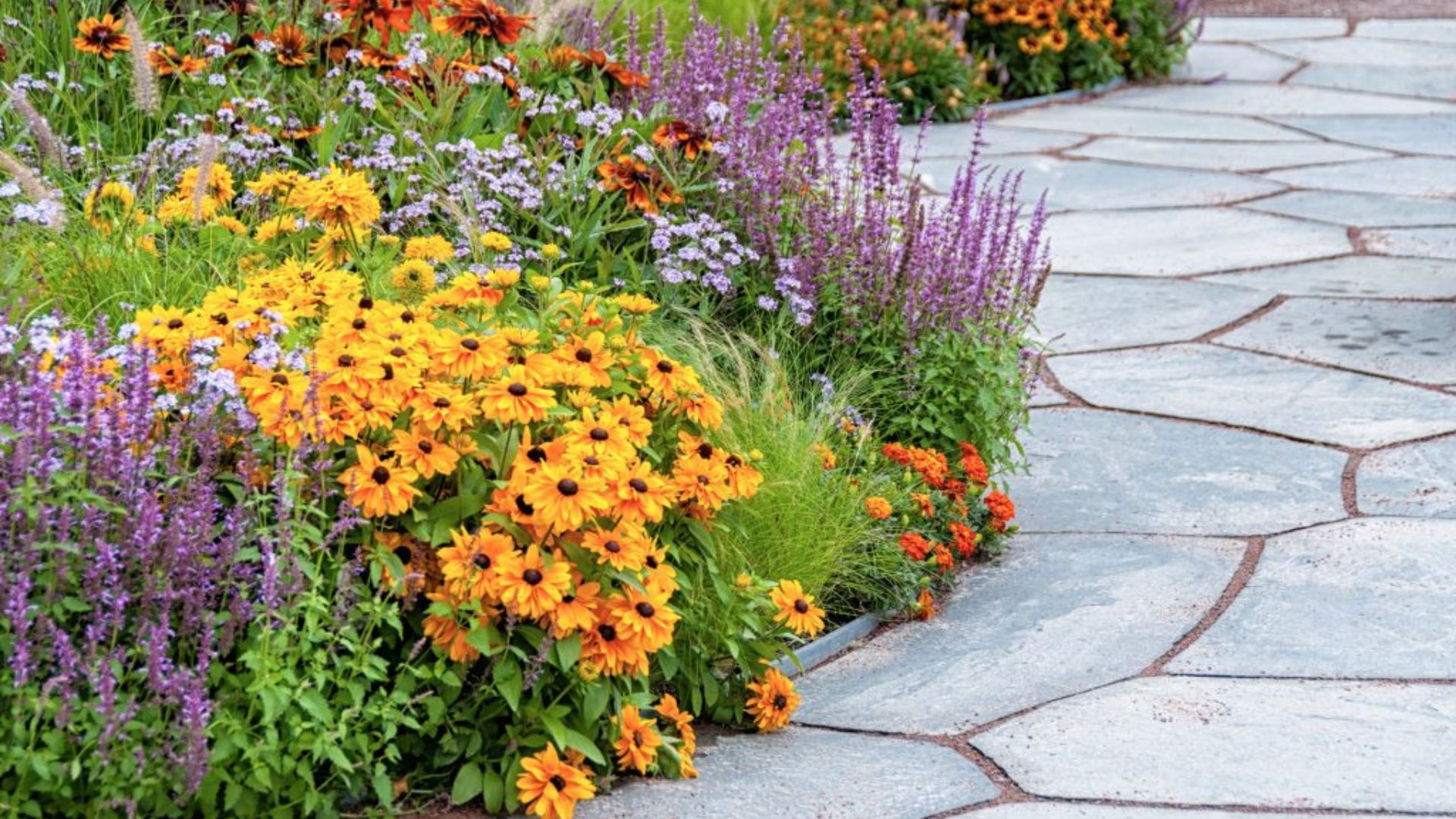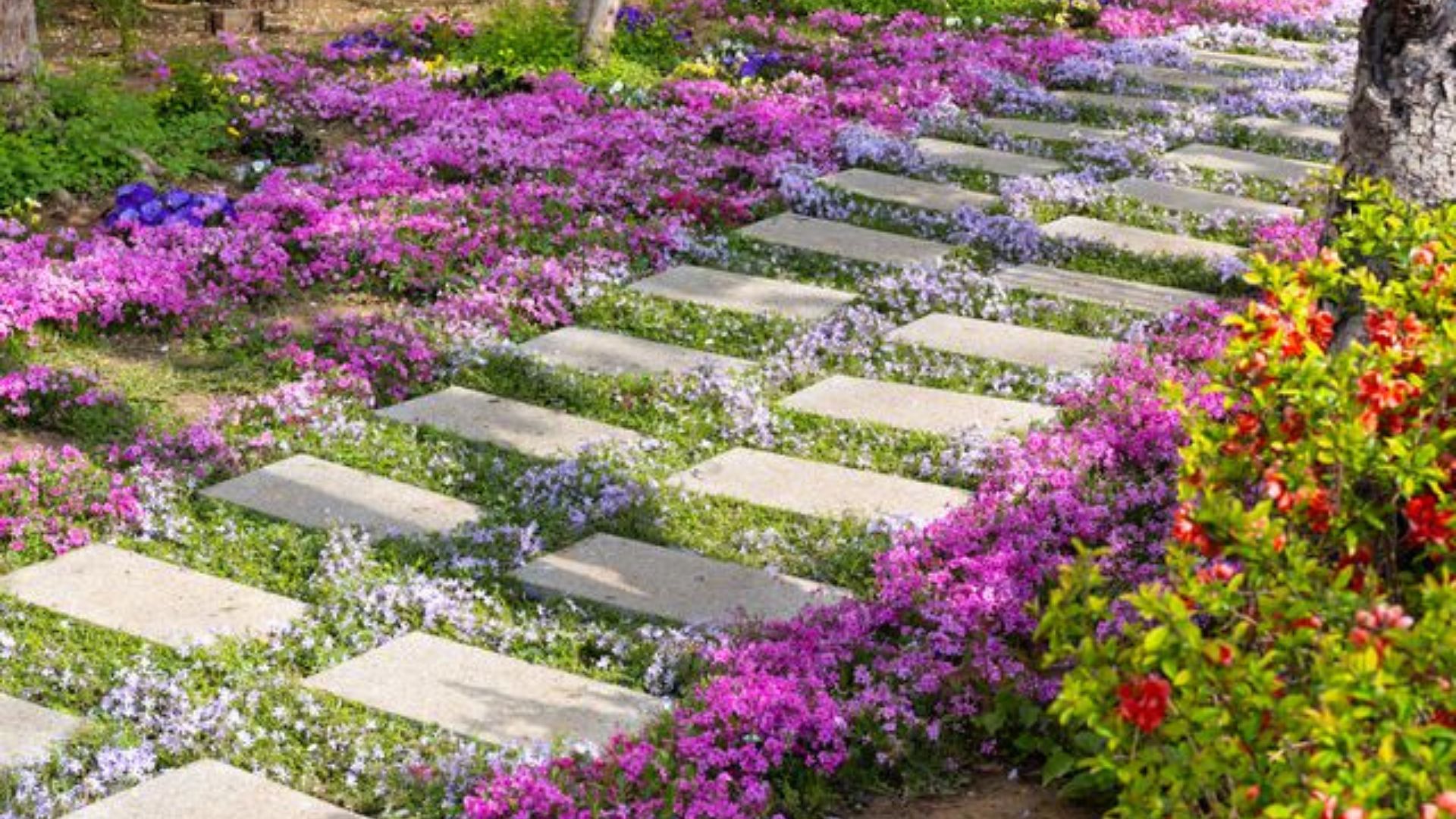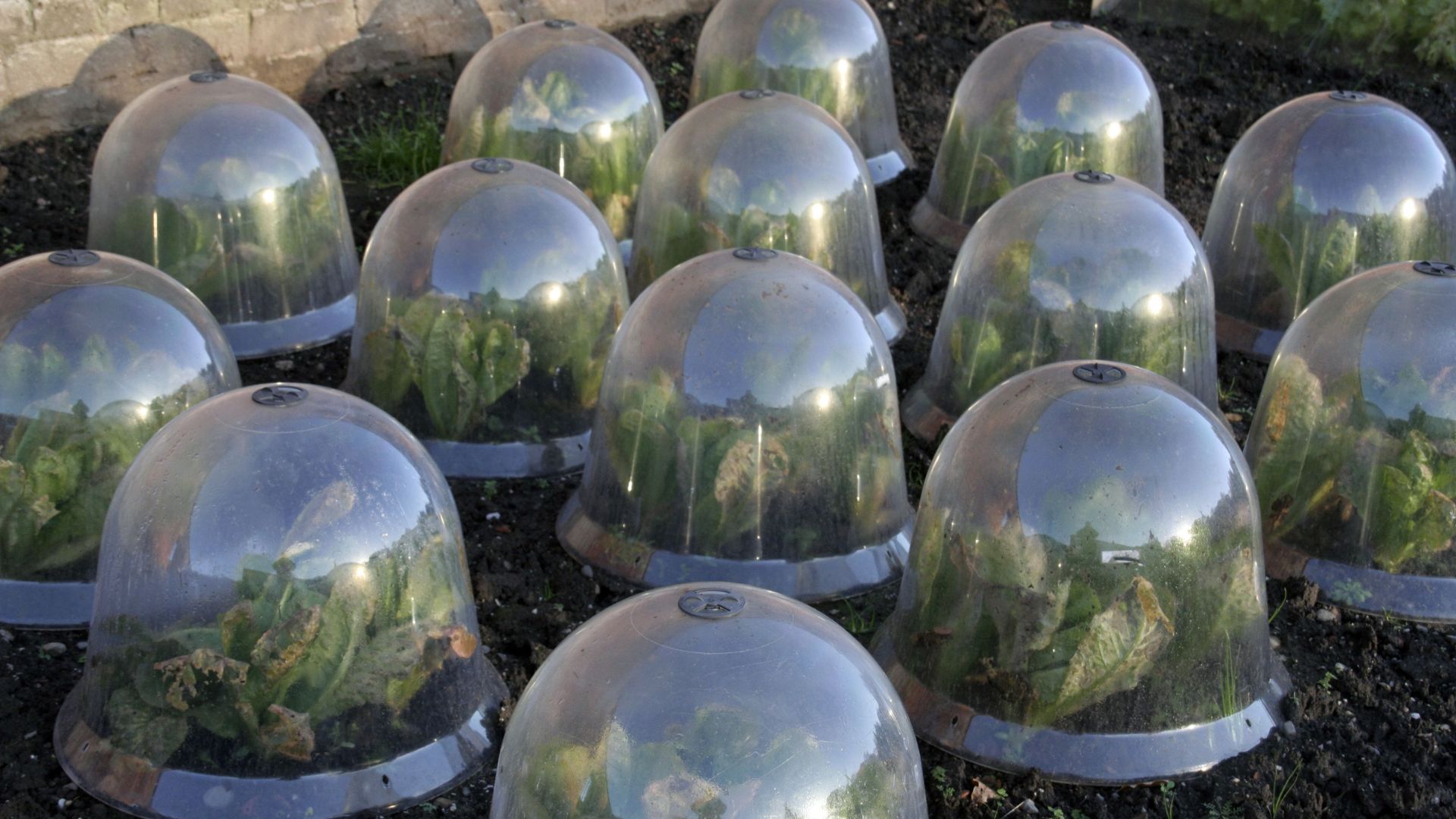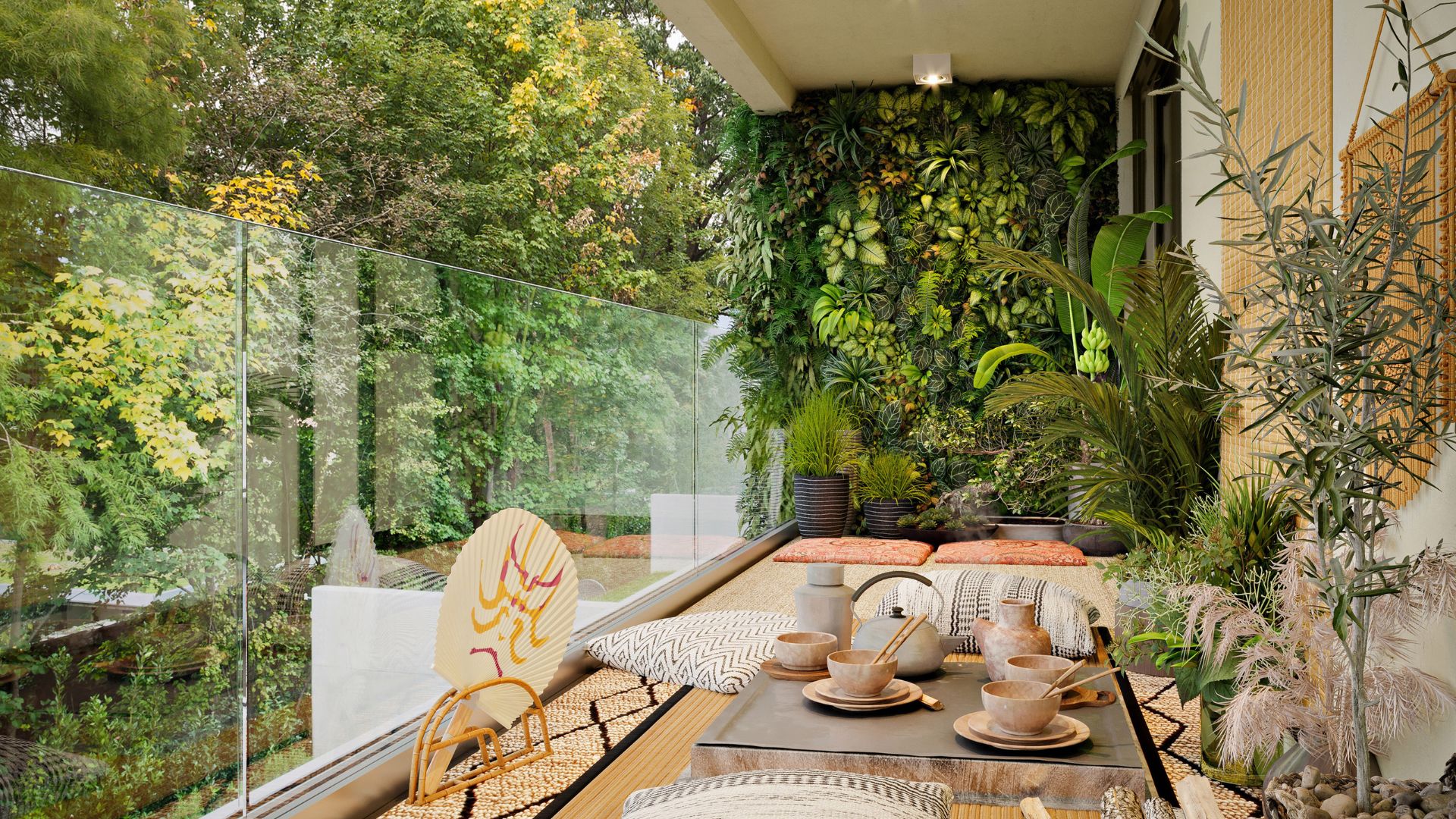Beginner-friendly outdoor plants choices allow new gardeners to enjoy vibrant, thriving gardens without feeling overwhelmed. By selecting low-maintenance and resilient species, even first-time gardeners can create attractive, functional, and eco-friendly outdoor spaces. Moreover, these plants are adaptable to different climates, easy to care for, and often resistant to pests and diseases. Consequently, they provide confidence and satisfaction while enhancing outdoor living areas.

Benefits of Beginner-Friendly Outdoor Plants
Using beginner-friendly plants provides multiple advantages. First, they reduce the risk of failure, making gardening enjoyable rather than stressful. In addition, these plants require minimal watering, pruning, or fertilizing, saving time and effort. Furthermore, they can thrive in various soil types and light conditions, making them versatile for different garden environments. Overall, beginner-friendly plants offer aesthetic, environmental, and psychological benefits for anyone starting a garden.
Economic Advantages
Selecting low-maintenance outdoor plants reduces costs associated with constant care or plant replacement. Since beginner-friendly species are generally hardy, they minimize the need for fertilizers, pest control, or frequent watering. Additionally, these plants often grow well in containers, borders, or garden beds, providing flexibility while reducing expenses.
Environmental Advantages
These plants support sustainable gardening practices by requiring fewer resources, such as water and fertilizers. Many beginner-friendly species attract pollinators, support local ecosystems, and improve soil health. Consequently, gardens designed with these plants contribute positively to the environment while remaining easy to manage.
Popular Beginner-Friendly Outdoor Plants
Several plant types are perfect for beginners due to their resilience and adaptability.
1. Succulents
Succulents are drought-tolerant, low-maintenance, and visually appealing. Species such as aloe, echeveria, and sedum store water in their leaves, allowing them to survive dry periods. Additionally, succulents thrive in pots or garden beds and require minimal attention.
2. Lavender
Lavender is hardy, aromatic, and pest-resistant. It grows well in sunny locations with well-drained soil. Beyond its beauty and fragrance, lavender attracts pollinators and adds texture and color to gardens.
3. Marigolds
Marigolds are colorful, fast-growing, and adaptable to different soil types. They are also natural pest repellents, which reduces the need for chemical treatments. Marigolds are excellent for borders, containers, or mixed garden beds.
4. Pothos and Vining Plants
Vining plants such as pothos or creeping fig are easy to grow, resilient, and perfect for vertical gardening or hanging baskets. They thrive with moderate watering and provide lush greenery throughout the year.
5. Ornamental Grasses
Ornamental grasses like fountain grass or blue fescue are hardy, low-maintenance, and visually dynamic. They add movement, texture, and year-round interest, making them ideal for beginners seeking aesthetic variety.
6. Herbs
Herbs such as basil, rosemary, and thyme are easy to grow, useful for cooking, and add fragrance to gardens. They thrive in sunny areas, require minimal care, and provide dual-purpose value for both culinary and ornamental use.
Tips for Designing a Beginner-Friendly Garden
Proper design ensures success and long-term enjoyment for new gardeners.
Layout and Plant Grouping
Group plants with similar sunlight and water requirements together. This simplifies care, encourages healthy growth, and ensures that all plants thrive simultaneously. Layering taller plants at the back and shorter ones at the front adds depth and visual interest.
Container Gardening
Use pots, raised beds, or planters to create flexible arrangements. Containers make it easy to move plants, control soil quality, and manage water efficiently. Additionally, container gardens are ideal for small spaces like patios or balconies.
Soil Preparation and Mulching
Use well-draining soil and apply mulch around plants to retain moisture and suppress weeds. Mulching reduces watering needs, protects roots, and enhances soil fertility over time.
Watering and Maintenance
Even beginner-friendly plants need occasional care. Water consistently but avoid overwatering. Prune dead or damaged leaves, and remove weeds regularly. Using organic fertilizers periodically supports healthy growth and vibrant foliage.
Lifestyle and Wellness Benefits
Gardening with beginner-friendly plants improves mental and physical well-being. It reduces stress, encourages outdoor activity, and creates calming, green spaces. Furthermore, watching plants thrive builds confidence and a sense of accomplishment, making gardening a rewarding hobby.
Challenges and Solutions
Challenges may include unfamiliarity with plant care, seasonal changes, or pests. However, selecting resilient species, grouping plants according to their needs, and monitoring soil and water conditions help overcome these challenges. Consequently, even novice gardeners can achieve thriving, attractive gardens.
Conclusion
Beginner-friendly outdoor plants choices provide low-maintenance, resilient, and versatile options for creating beautiful gardens. By incorporating succulents, lavender, marigolds, vining plants, ornamental grasses, and herbs, new gardeners can design functional, aesthetically pleasing, and sustainable outdoor spaces. In addition, thoughtful layout, container use, soil care, and regular maintenance ensure long-term success. Ultimately, these plants allow beginners to enjoy gardening with confidence, transforming outdoor areas into vibrant, relaxing, and environmentally friendly retreats.










